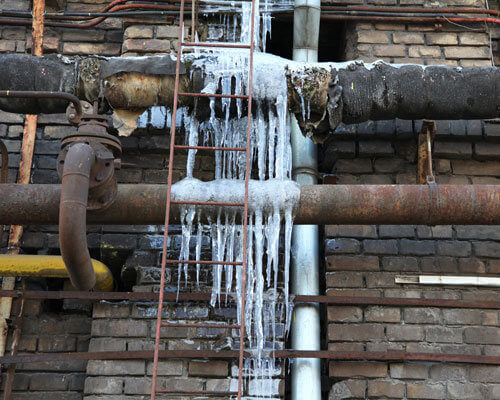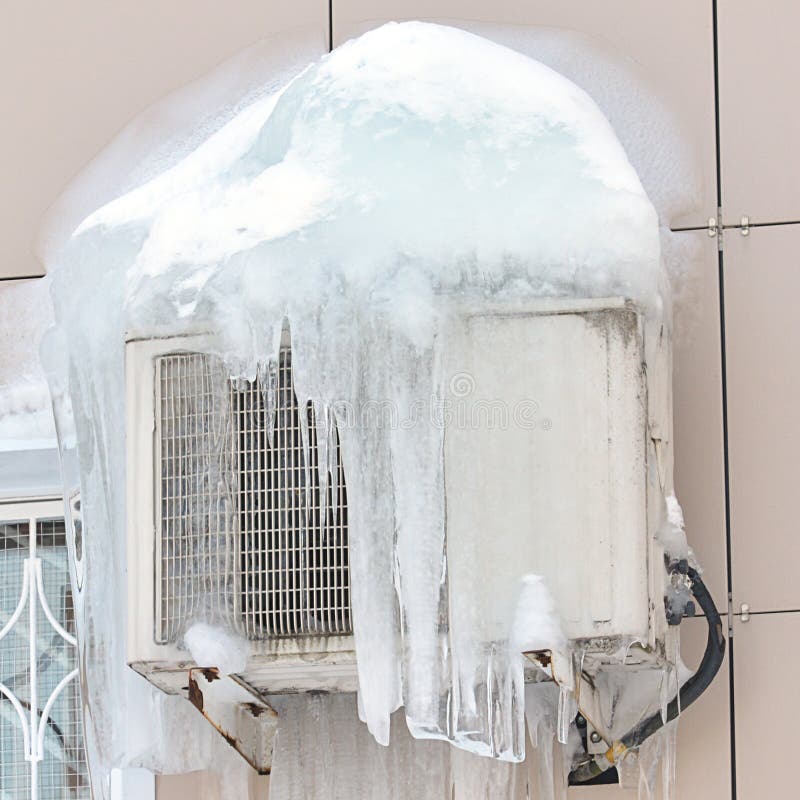We have come across this post involving Have a Frozen AC Line? Here’s How to Fix It listed below on the internet and concluded it made perfect sense to share it with you over here.

Introduction
Uncovering that your air conditioner pipeline is frozen can be worrying, particularly throughout warm summertime when you count on your air conditioning system the most. Recognizing what to do in such a situation is critical to avoid further damage to your air conditioning system and ensure your comfort inside your home.
Recognizing the Causes
Several elements can add to the cold of an AC pipe. Comprehending these reasons can aid you resolve the problem properly.
Absence of Airflow
One usual source of an icy AC pipe is inadequate airflow. When the airflow over the evaporator coil is restricted, it can cause the coil to drop below freezing temperature, leading to ice formation on the pipeline.
Reduced Refrigerant Levels
Inadequate refrigerant levels in your air conditioner system can additionally lead to a frozen pipe. Reduced cooling agent levels can trigger the stress in the system to go down, bring about the freezing of moisture on the evaporator coil.
Cold Weather Conditions
In colder climates, freezing temperature levels outside can add to the freezing of AC pipelines. If your AC device is not correctly insulated or if there are leaks in the ductwork, chilly air can infiltrate the system, creating the pipe to freeze.
Dirty Air Filters
Dirty or stopped up air filters can restrict air movement in your AC system, bring about various problems, consisting of an icy pipe. It's essential to replace or cleanse your air filterings system frequently to make sure correct air movement and protect against ice build-up.
Indicators of a Frozen Air Conditioner Pipe
Recognizing the indicators of an icy air conditioning pipe is crucial for timely action.
Reduced Airflow
If you observe a significant reduction in airflow from your vents, it might indicate a frozen pipeline.
Ice Buildup on the Pipe
Visible ice accumulation on the cooling agent line or the evaporator coil is a clear indication of an icy air conditioner pipe.
Strange Sounds from the Unit
Unusual noises, such as hissing or bubbling, originating from your a/c unit can signify that there's ice existing on the pipe.
Immediate Actions to Take
When faced with an icy air conditioning pipeline, it's necessary to act swiftly to prevent more damage to your cooling system.
Turning off the a/c
The first step is to shut off your a/c to stop the system from running and intensifying the concern.
Checking for Blockages
Examine the location around the interior device for any kind of obstructions that may be blocking airflow, such as furniture or curtains.
Defrosting the Pipe
You can make use of mild approaches like positioning towels taken in cozy water around the icy pipeline to aid thaw it gradually.
Safety nets
Taking safety nets can assist prevent future occurrences of a frozen AC pipe.
When DIY Methods Fail
If your efforts to thaw the pipeline or address other issues are not successful, it's time to call a professional.
Importance of Hiring a Professional HVAC Technician
A qualified HVAC specialist has the competence and devices required to detect and fix issues with your air conditioning system safely and properly.
Regular Maintenance Checks
Schedule routine upkeep checks with a professional HVAC service technician to make certain that your AC system is running efficiently.
Changing Air Filters
Frequently change or clean your air filters to stop air movement limitations and preserve ideal efficiency.
Protecting Exposed Pipes
If your air conditioning pipes are revealed to cool temperature levels, think about insulating them to stop cold throughout cold weather.
Seeking Professional Help
If DIY techniques fail to settle the concern or if you're uncertain concerning exactly how to continue, it's finest to seek assistance from a certified HVAC technician.
Verdict
Handling an icy air conditioning pipeline can be an irritating experience, but understanding how to respond can assist reduce damages and restore convenience to your home. By understanding the reasons, identifying the signs, and taking timely activity, you can efficiently attend to the concern and prevent future events.
What to Do If Your AC Line Is Frozen
Make Sure All Supply and Return Air Vents Are Open
If you notice problems with airflow, the first thing you should do is check your supply and return vents. Supply vents distribute clean, conditioned air throughout your home. As this air becomes stale, it’s pulled into the return vent, where it’s reconditioned before being sent back out through the supply vent.
When these vents are closed, air won’t flow in the home. Before examining your AC, check the vents in every room and ensure they’re all open.
Check for a Dirty Air Filter
Another possible cause of limited airflow is a dirty air filter. Your air conditioner’s filters catch elements you don’t want to breathe in, such as dirt and dust. Over time, filters can become clogged, ultimately blocking air from flowing in and out. The lack of airflow can then cause the entire coil to freeze and will completely restrict any air from moving through it. The AC may need to be powered off for one to two days to allow the coil to thaw after replacing the filter to allow proper functioning of the unit. This debris can also accumulate on your AC’s evaporator coil, requiring a more serious repair. In general, air filters should be cleaned regularly (about every two weeks).
Assess Your Outdoor Unit
In addition to checking your AC, assessing the outdoor unit is a good idea. Also known as the condensing unit, it works with your interior unit to release heat outside. An issue with the outdoor unit can result in rising internal temperatures.
Overgrown Shrubs or Clogged Leaves
From leaves and twigs to shrubs and debris, there’s no shortage of outdoor elements that can accumulate around your condensing unit. When these elements get lodged inside the unit, they can block airflow. Fortunately, removing the blockage can solve the problem.
Sounds of a Broken Fan
Shrubs and leaves aren’t the only things that can impede your outdoor unit’s airflow. If the fan is broken, the unit won’t be able to properly get rid of heat — which means the internal temperature won’t go down. First, make sure the fan is spinning. If it is, check for the following sounds of a broken fan:
Buzzing Rattling Screeching Hissing Clicking Preventative Measures
Nobody wants to deal with a frozen AC line. In addition to causing problems with your air conditioner, they require professional repairs. On the bright side, there are preventative measures you can take to help ensure this issue doesn’t arise in the first place.
https://www.coopergreenteam.com/blog/what-to-do-if-ac-line-frozen

I'm just very involved in Have a Frozen AC Line? Here’s How to Fix It and I am hoping you enjoyed the new blog post. Sharing is good. Helping others is fun. I recognize the value of reading our article about How can I fix an air conditioner’s frozen pipe?.
Need Help? Hire Us Now!